What is C60?

C60, the core of Margicarbon
At the core of Magicarbon is the extraordinary molecule, Carbon 60 (C60). It is a spherical polyhedron composed of 60 carbon atoms, containing 12 regular pentagonal faces and 20 regular hexagonal faces.
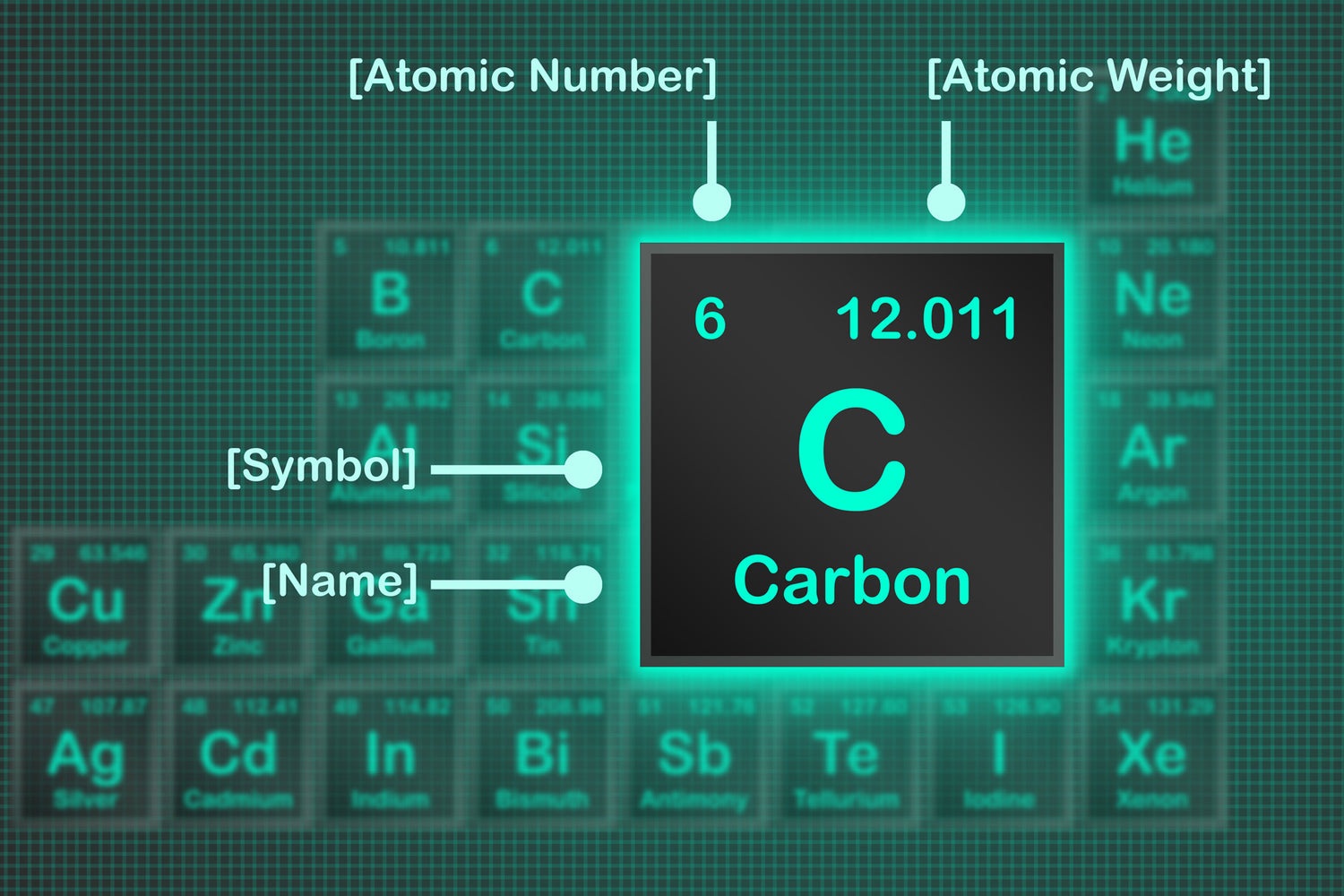
C60 is made of 60 carbon atoms
Carbon, the basis of life, is one of the most common elements in nature, and carbon atoms can form various structures through different arrangements. Carbon forms the basis of life through a series of compounds known as organic compounds. C60, diamonds, and graphite are all different forms of carbon.
Different forms of Carbon
-

C60
-

Carbon Nanotube
-

Diamond
-

Graphite
-

Coal
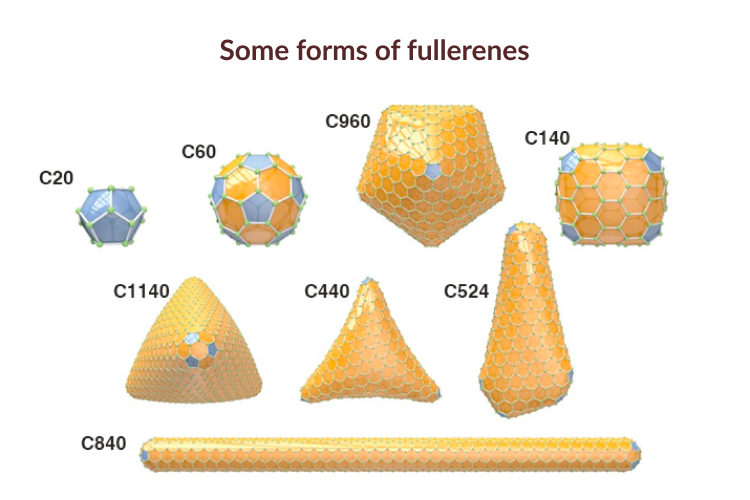
C60 is from the fullerene family
Fullerene is a molecule composed entirely of carbon, in the form of a hollow sphere, ellipsoid, tube, or other shapes. C60 is the most common and well-known fullerene, and it's also called Buckminsterfullerene or buckyballs. Fullerenes have unique properties due to their structure, including potential applications in various fields such as materials science, electronics, and medicine.
A Journey of Discovery
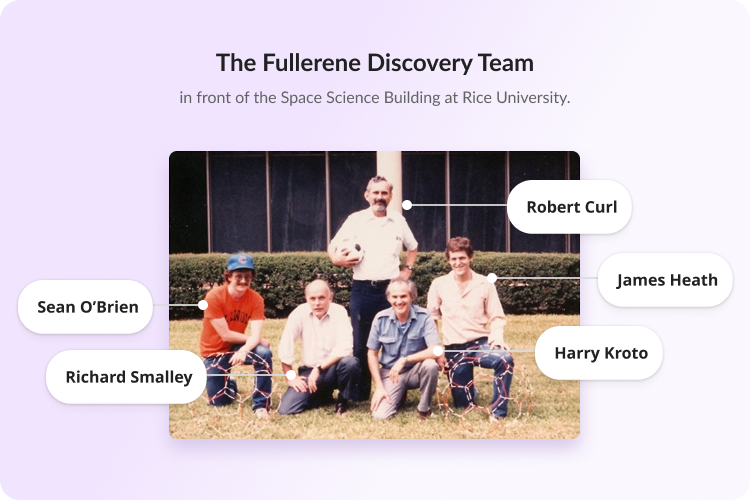
C60: A Groundbreaking Discovery in Chemistry
Synthesized for the first time in 1985, C60 represented a significant breakthrough in the field of chemistry. It gained widespread attention due to its distinctive structure and exceptional properties. This molecule stands out for its remarkable chemical stability, ability to conduct electricity, and its unique capacity to combine with other substances.
The Nobel Prize-Winning Breakthrough

Nobel Laureates Honored for Discovery of C60
The Nobel Prize in Chemistry was awarded to Robert F. Curl Jr., Sir Harold W. Kroto, and Richard E. Smalley in 1996 for their pioneering discovery of C60 and related structures. This prestigious accolade underscores the profound impact of C60 on the field of science, ushering in significant advancements.
Stability Beyond Compare
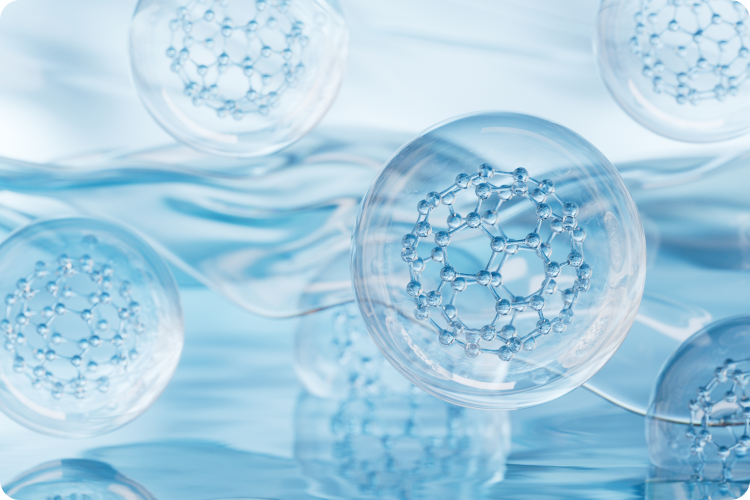
Outstanding Stability
One of C60's remarkable qualities is its outstanding chemical stability, making it unique among molecules. This stability means that Namanna Water-Soluble C60 always stays strong, ensuring that you consistently enjoy the benefits of this powerful molecule.
3D VS flat
Here, let’s look at the distinction between the three-dimensional structure of C60 and the flat structure observed in some common antioxidants.
-

3D Polyphenols
- Stable
- Durable
- Compatitle with flat phenols
-

Resveratrol
(in wine)
-

Bioflavonoids
(in berries)
-

Quercetin
(in bee propolis)
Unveiling the Benefits
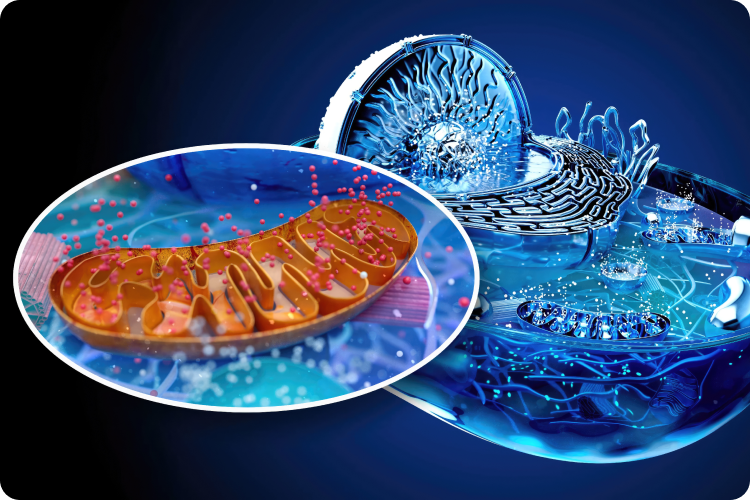
C60 protects mitochondria from oxidative damage, thereby supporting energy production.
C60 acts as an antioxidant, protecting mitochondria from oxidative damage. Mitochondria are organelles responsible for energy production in cells, but they are also susceptible to oxidative stress, which can lead to damage and dysfunction. By scavenging free radicals, it helps maintain mitochondrial function, supporting efficient energy production in cells.









